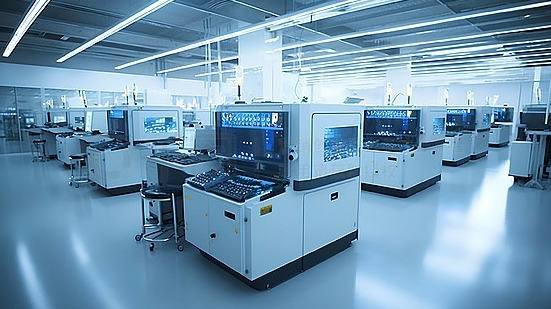Once a semiconductor leader, South Korea now faces intense competition as China’s semiconductor industry rapidly catches up—shifting the global competitive landscape.

In semiconductor manufacturing equipment, China’s top firm Naura outperforms South Korea’s Semes: Its H1 2025 operating profit was 8x Semes’; Naura’s H1 sales hit 3.1472 trillion KRW (up nearly 30% YoY) with 647.8 billion KRW profit (up over 2% YoY), while Semes’ sales dropped 10% YoY to 1.1054 trillion KRW, with just 82.1 billion KRW profit. Naura has overtaken Semes to become the world’s 6th-largest semiconductor equipment maker, with products certified for South Korea’s market.
Chinese firms are also speeding up chip supply chain localization. In front-end EDA tools, they’ve cut costs via tech integration—pushing South Korea to accelerate its own domestic EDA development.
Analysts note: Amid U.S. restrictions, China uses massive domestic demand to drive chip tech breakthroughs. South Korea, however, relies too much on Samsung and SK Hynix, with a weak local supply chain. Though it raised semiconductor investment from 27 trillion KRW to 33 trillion KRW in April 2025, this is tiny next to China’s 133 trillion KRW "Big Fund".
A February 2025 KISTEP report adds: Except for advanced packaging, China has surpassed South Korea in all other semiconductor tech foundational capabilities—piling pressure on South Korea.

ICgoodFind: China’s breakthroughs in semiconductor equipment and EDA are reshaping global competition. Local substitution and tech upgrades will stay core trends, bringing more supply chain opportunities.




